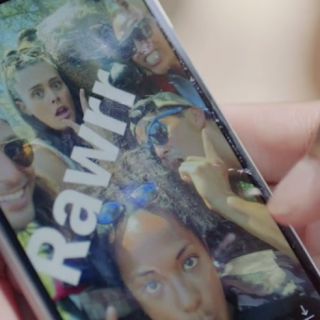Many studies have been suggesting retailers are currently having an easy ride, seeing Year On Year increases in the average amount spent per person, in actual sales figures and revenues. Current outsider views are all looking extremely glossy.
The offline retail sector is having to continuously adapt and adopt to the online world time and time again, but recently, here in the UK, a role reversal appeared on the retail horizon, that of the American import Black Friday.
Seen initially as a boost to the high street, the midnight hysteria outside retail parks has moved its way quickly onto the online market, as people ditch the scrambles at the checkouts for a calmer online experience.
The initial reaction from big online retailers has been to capitalise on the new demand in November. However, problems have arisen and it has become clear that these new found sales are resulting in YOY decreases in growth across both offline and online for retailers, including the previous hot dates of December and January.
From Google trends we can see a regular pattern across different product categories with the growth, YOY, of Black Friday. In alignment is a YOY decrease on Boxing Day, reaffirming assumptions that Black Friday is not simply creating demand for products, but reshaping the timings of UK customer demand.

This is alarming to retailers when you consider the expectations of Black Friday for a deal. Whilst the volume is significantly higher, the profit margin between is becoming tighter and tighter, with focus turning to sales volume.
How does a retailer concerned with the effects of Black Friday, adapt to its conditions? Amazon has been the first store to make this step with its Amazon prime day on the 15th of July. An attempt clearly made to spread sales more evenly across the year. Its exclusive branding and membership requirements make it difficult for other retailers to latch on to the day, and as such, stunts any immediate competition which then gives the business almost sole control of managing margins.
Word on the blogosphere has suggested a negative reaction from consumers. Aside from Amazon products, the offering was limited to stock that would have been stuck on shelves for a lengthy period. Evidence shows that this was not the case, with overwhelmingly positive results for the company. Not only did peak sales figures top Black Friday, sales in the USA grew by 80% on this day last year, as well as other benefits such as a surge in the download of Amazon App’s and Prime memberships.
Since the launch of Amazon day and its release of results, the strategy has spread like wildfire, with spot sales popping up in email inboxes on a regular basis. What does this predict for the future? Predictions right now would only be speculative, but one guarantee that we can all be confident in, is that whatever Amazon does, its competitors will follow.



